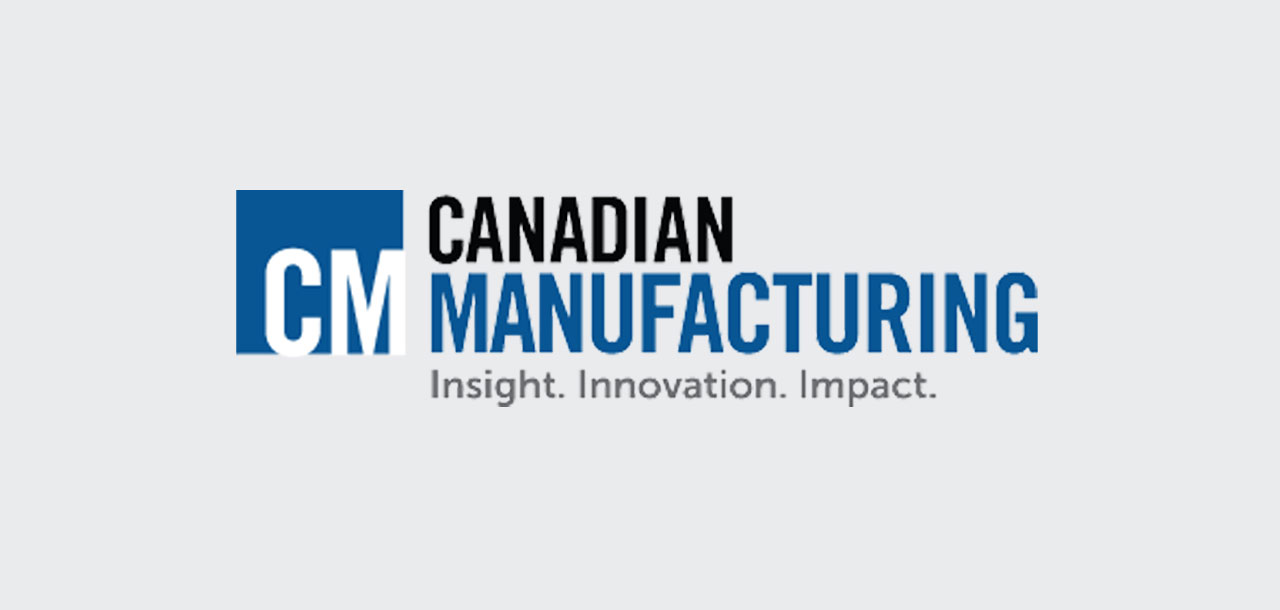As Canadian manufacturing firms rush to respond to the COVID-19 outbreak, many are dusting off their crisis communications plans and realizing they hadn’t accounted for a possible pandemic.
One expert said it is important to establish a set of best practices to make sure that businesses can continue to run in spite of a pandemic.
“This is such a difficult time for all manufacturing firms, their leaders and their people,” said Andrea Lekushoff, president of Broad Reach Communications, in an interview with Canadian Manufacturing. “The more you can communicate with your employees and other stakeholders, the more you’ll maintain a strong and trusting relationship.”
Lekushoff has over 20 years of experience in public relations and communications strategy with a specialization in crisis and reputation management.
Speak with empathy
Acknowledging that the businesses is a high priority, Lekushoff said that employers should be aware that their employees and stakeholders are worried about themselves, their health, their well-being, families and their communities, in addition to their work.
“Make sure that leaders understand where their employees are coming from,” Lekushoff advised.
“Also make sure that your decisions are really guided accordingly and show all your stakeholders that you can be trusted to do what’s right, which involves making very hard decisions.”
Establish a centralized team to lead crisis communications
“It’s really important to create really clear ownership for communications, including for those at the highest ranks of the company,” Lekushoff said. “The group should meet regularly to discuss ongoing developments and agree on plans and tactics. They should be seen by the organization as the trusted source of information.”
Lekushoff added that several companies have established such a team and have them all working from the same office — she highly recommended against that, because if one person tests positive for COVID-19, it’s likely that the rest will as well. She encouraged that they self-isolate and communicate via digital platforms.
“The best plan truly is to have people isolated in their homes, so that if one or two members can no longer contribute to that team, you have others that can continue on with the plans that need to be executed.”
Conduct a stakeholder analysis to determine which groups need to be communicated with
Manufacturing companies have different groups to consider, including suppliers, employees and investors. The information that is designated to each group is different.
With the constant COVID-19 updates, Lekushoff said these different groups should be getting updates on a daily basis, a task that seems daunting to manufacturing leaders.
“Leaders might be thinking that they can barely make the decisions needed internally without communicating on top of that, but it is so important during these times to bring in a marketing person,” Lekushoff said.
Acknowledging that this individual will not be able to pick up the phone and talk to every stakeholder group, Lekushoff said that it would be best to let them all know that there is one central repository for information, whether it’s on the company’s website, or within a password-protected area of your website where they can get that information.
Communicate with employees, customers/clients and shareholders
Employees are going to have questions, and company leaders should encourage them to ask them.
Lekushoff said that once company leaders get those questions, they should make those answers available on a central repository, to avoid answering the same questions over and over again.
Lekushoff also added that companies can put this information on their intranet and other reliable online platforms.
Be proactive by developing messaging for various scenarios
COVID-19 exploded into a pandemic that no one saw coming, which left several businesses unsure of how to properly communicate the updates with their employees.
Acknowledging that there is no way to predict how COVID-19 will impact businesses in the coming days and weeks, Lekushoff stressed that it is important to create a tentative plan in advance.
“Imagine and plan for the various scenarios and try as much as you can to create communications around what happens if there’s a mandated lockdown near your production facility, further layoffs, further closures,” Lekushoff said.
Consider the medium
Having to inform an employee that they have been laid-off is always a difficult task, whether going through a pandemic or not.
Lekushoff said if the layoff is related to the pandemic and the numbers are in the hundreds or thousands, it is appropriate to send a mass email.
However, if at all possible, Lekushoff said that difficult topics such as layoffs should be discussed by a personal phone call.
“The more a company can be empathetic through a personal touch, the better off everyone will be on the other side,” Lekushoff advised. “Where possible – and it’s absolutely understandable that it may not be possible – I would try to communicate by phone to let people know what difficult decisions they’ve made.”
Offer help to customers
Lekushoff stressed that customers are facing the same challenges as manufacturing leaders, and to be mindful of that. She said that if company leaders are in a position to help make the situation easier for them, do it.
“Working together during these times is extremely important,” Lekushoff said.
“It will really go a long way to building trust, nurturing the collaborative relationship and really reducing stress for everyone involved.”






